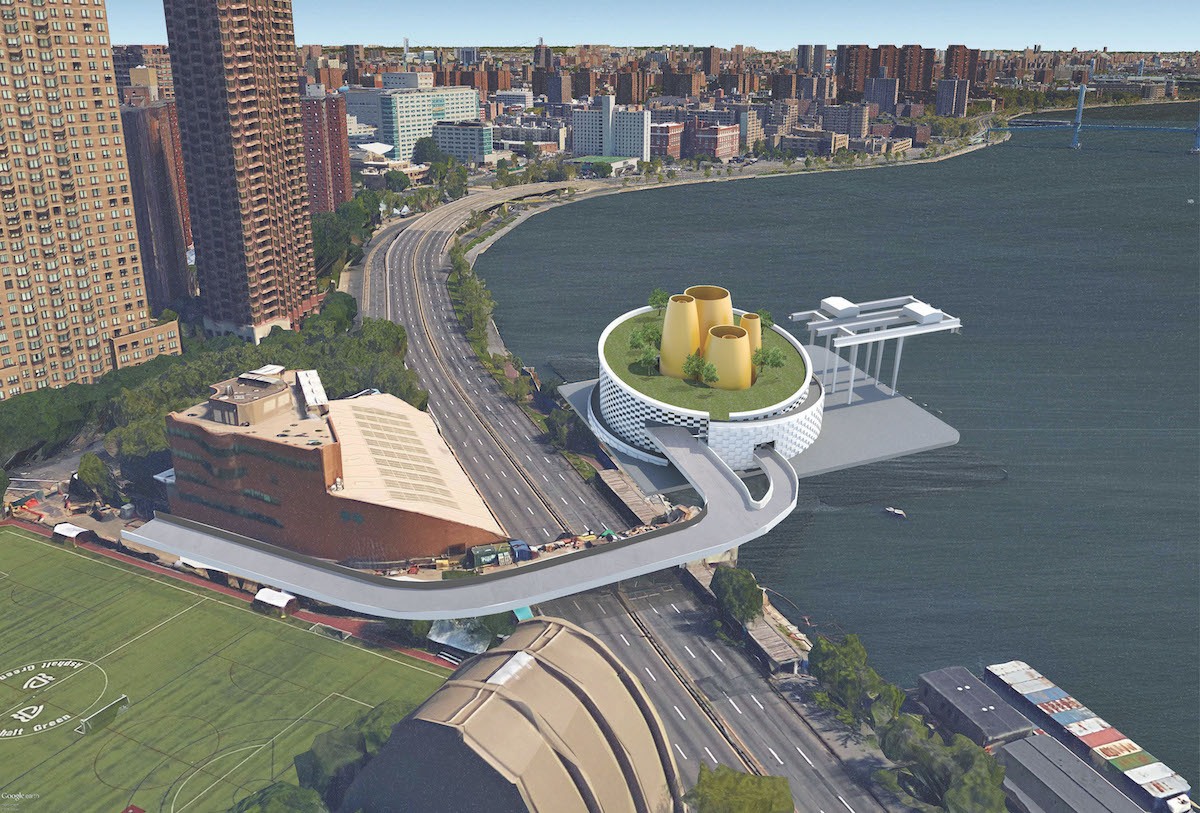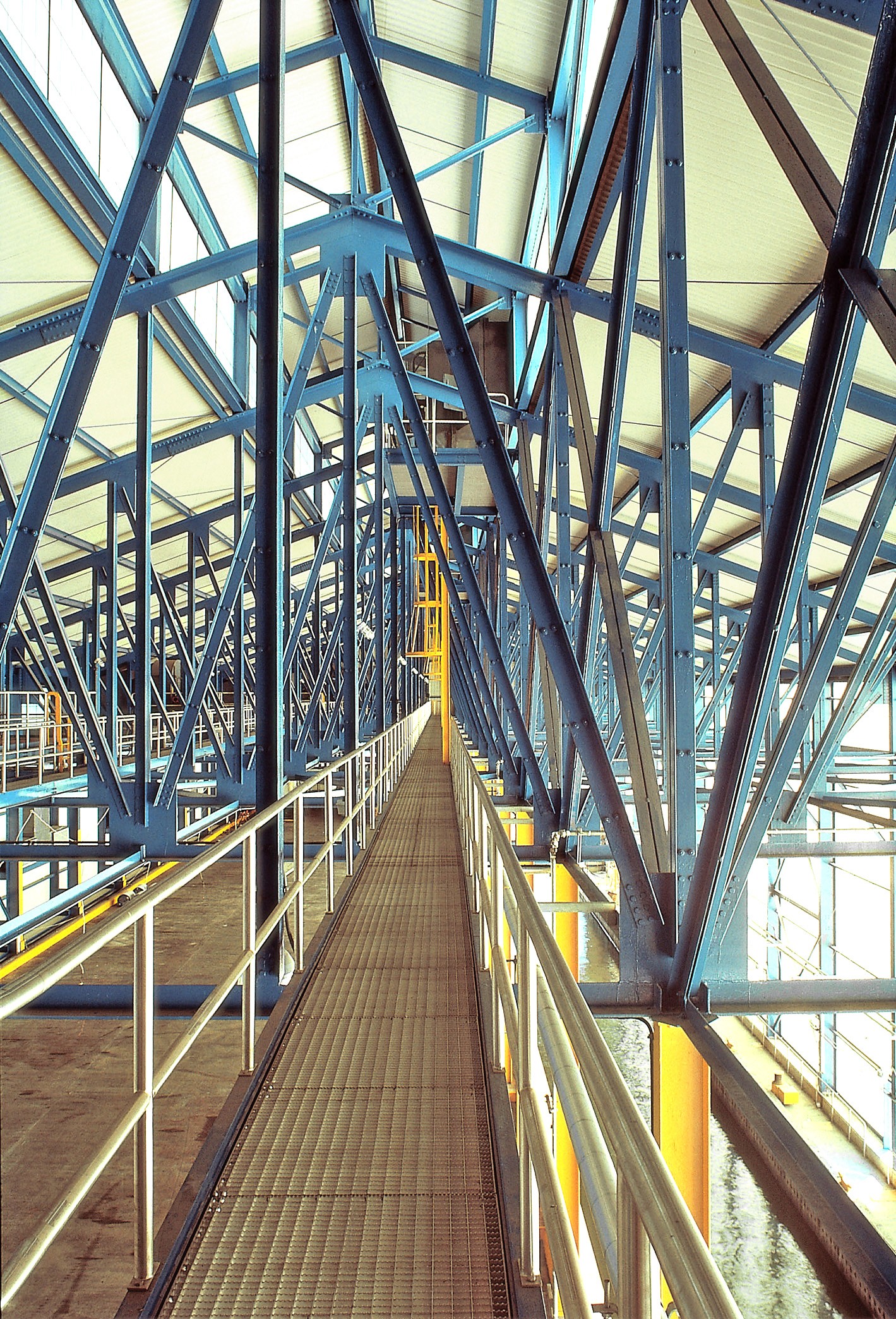As the New York City’s population surges toward 9 million, as early as 2030, 12 architecture and engineering firms explore the question – How will NYC accommodate that kind of growth? Each firm focused on a particular area of the city to examine how certain areas of the city could or should be reimagined to accommodate the growth we are expecting.
Published in Crains’ October 31st issue is Dattner Architects’ Big Idea to convert waste-transfer stations into eco-friendly fuel producers.
Dattner’s Big Idea: Converting waste-transfer stations into eco-friendly fuel producers
In his OneNYC plan, Mayor Bill de Blasio set a target of contributing zero waste to landfills by 2030. Right now, this goal seems distant, as the city recycles or composts just 25% of its solid waste. Much of the remainder gets sent to out-of-state landfills via four waterfront transfer stations located in Manhattan, Queens and Brooklyn. To make the process more sustainable, Dattner Architects suggests outfitting the stations with plasma arc technology, a process that converts solid waste into synthetic gas and other materials that can be sold for industrial and construction uses. Better yet, the process doesn’t release harmful combustion emissions into the atmosphere. In all, Dattner estimates that building the plasma infrastructure would cost $150 million to $200 million per location. But the potential impact of the project would be massive: If the system were instituted at the marine-transfer station in Manhattan and the land-based stations in the Bronx and Staten Island, all city residents and workers could participate in eco-positive waste disposal.
“The technology is at a point where it becomes realistic to consider it. The time to start discussing it is now.” – Daniel Heuberger

